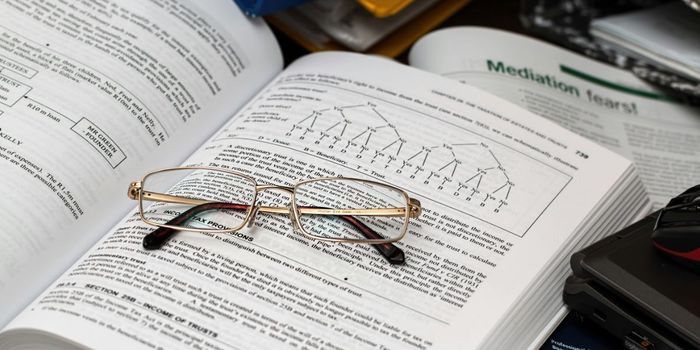What Synchronizing to a Beat Reveals about Shared Attention Between Individuals
A Dartmouth research team examined simple synchrony (beat entrainment) to predict attentional synchrony. Previous studies have indicated that synchrony varies individually and across contexts, but scientists have disagreed on the relationship between the two forms of synchrony. Previous research suggested that the pupil dilation patterns of speakers and listeners who synchronize spontaneously is a sign of shared attention. A recent study published in Scientific Reports examined the relationship between pupillary reactions in response to a rhythmic beat and found an association between the two forms of synchrony (metronomic entrainment and complex shared attention).
The research project involved two studies. The first study required an “oddball detection task” in which participants listened to a series of tones and indicated which was softer. Pupil responses were tracked during this process. Each individual completed this task during nine sessions that were held on different days and times. The researchers observed stable, individually-specific variation in the amount each participant caused the oddball rhythm. Some participants’ pupils dilated strongly in time with the beat, while others demonstrated less synchronized efforts. A participant’s synchronicity one day predicted how strongly they synchronized the next.
The second study involved 82 participants who completed the oddball task once. They listened to audio recordings of four emotional stories while undergoing pupil response tracking. The storytellers’ pupil dilations were recorded earlier when they read the stories. The researchers compared the calculation of the pupillary synchrony between the storyteller and listener to the synchrony demonstrated during the detection task to evaluate how strongly the listener synchronized to the rhythmic beat of the oddball task.
The researchers found that the more someone entrained to the rhythmic beat of the task, the more likely they were to synchronize their pupils with those of the storyteller. The participants could not see the storyteller, so it rules out visual mimicry. The researchers believe this synchrony suggests that the storyteller and listener were attending to the story in the same way.
The Dartmouth team plans to investigate further the variety in the tendency to synchronize between people. Research on synchrony and attention could have clinical implications for autism and other disorders, making tasks involving social interaction and timing more challenging.
Sources: Eureka News Alert, Scientific Reports








